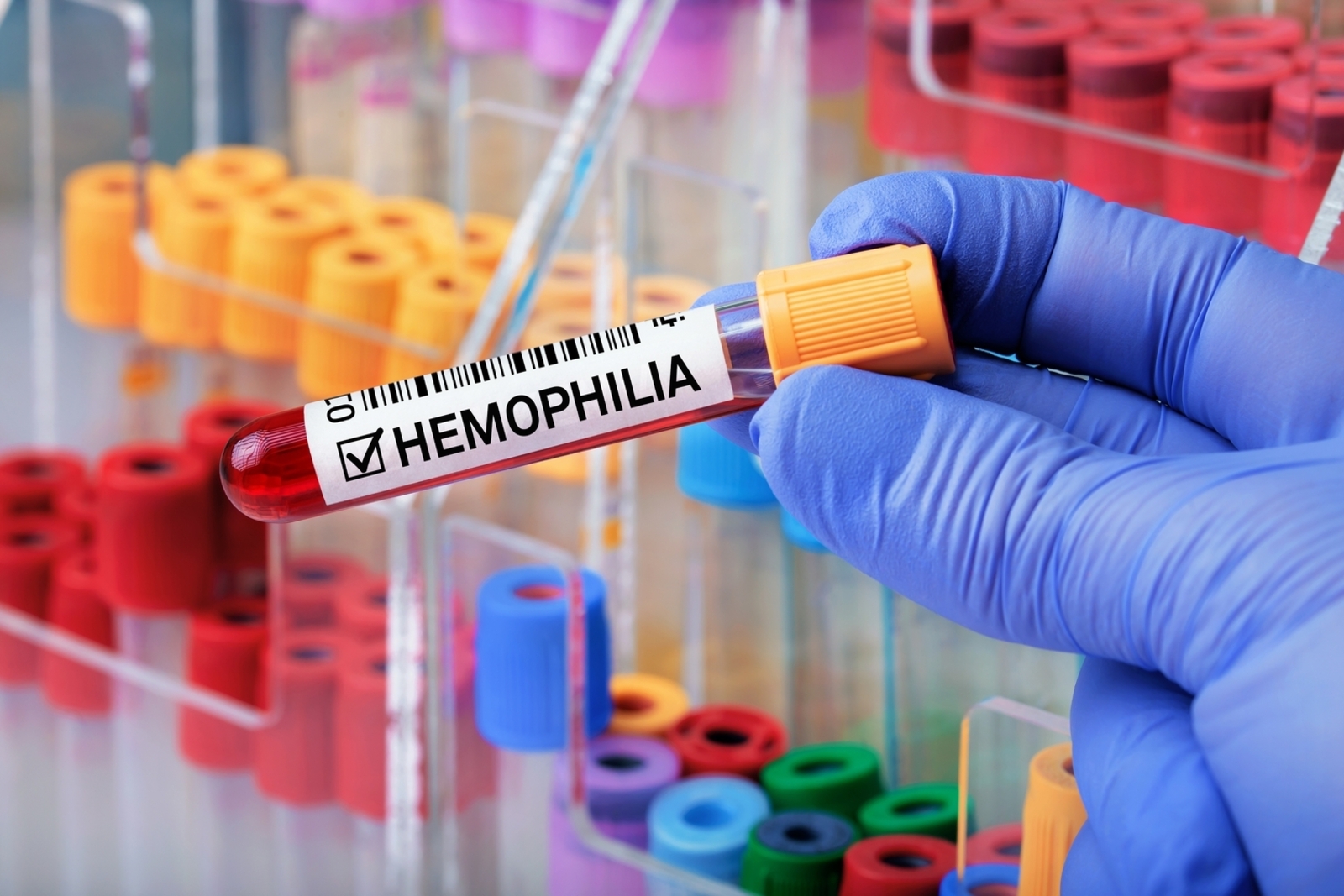
5 Common Symptoms of Hemophilia
Treatment Options to Consider
Hemophilia is a rare disorder that results in the blood not clotting properly as it lacks blood-clotting proteins (clotting factor). As a result, individuals with this disorder will bleed longer after an injury. There are different types of hemophilia: hemophilia A is a factor VIII deficiency, hemophilia B is a factor IX deficiency, and the rarest type, hemophilia C, is a factor XI deficiency. There is currently no cure for the bleeding disorder, but there are some medications and treatments such as plasma-derived factor concentrates, hemophilia B gene therapy, Hemlibra, and more. Here are 5 common symptoms of hemophilia:
1. Excessive bleeding from cuts or injuries
In a normal injury or cut, bleeding will typically subside after a few minutes or so—if they’re deeper cuts, it can take about 20 minutes. It is able to stop bleeding so quickly thanks to blood clotting at the area of the cut, a way to prevent excessive bleeding. However, in patients with hemophilia, their lack of blood-clotting proteins results in cuts and injuries that can bleed excessively. Small cuts usually aren’t of concern in these patients, but bigger, deeper gashes can be distressing if they bleed for too long.
2. Many large bruises
Patients may notice large bruising after small bumps. This is because, when you bruise, there are small blood vessels under the skin that are bleeding. With hemophilia, you bruise easily and may end up with large bruises for small bumps because your blood doesn’t clot properly and thus won’t stop bleeding very quickly.
3. Pain or swelling in the joints
Hemophilia patients may experience chronic pain due to joint bleeds. Joint bleeds may be sporadic or result from injury or trauma. With this, if you experience frequent, repeated bleeding, it can break down the joint lining and result in damage to the joint. This can then become hemophilic arthropathy, a painful arthritic condition.
4. Blood in urine
Seeing blood in your urine can be a frightening thing, especially since it can be a symptom of many different things. In hemophilia patients, blood in the urine is a common symptom as well as blood in stool.
5. Nosebleeds without a cause
Spontaneous nosebleeds can be a symptom of hemophilia. These can be hard to stop once they start as the blood won’t clot as well as individuals who don’t have hemophilia. Along with any of these symptoms, if the bleeding is very excessive and prolonged, you should go to the emergency room.
Without a diagnosis or knowing you have hemophilia, it can be dangerous. A single bump on the head could cause bleeding in the brain for individuals with severe hemophilia. It’s important to seek treatment and understand the risks, so talk to your doctor if you’re experiencing any of the above symptoms.


